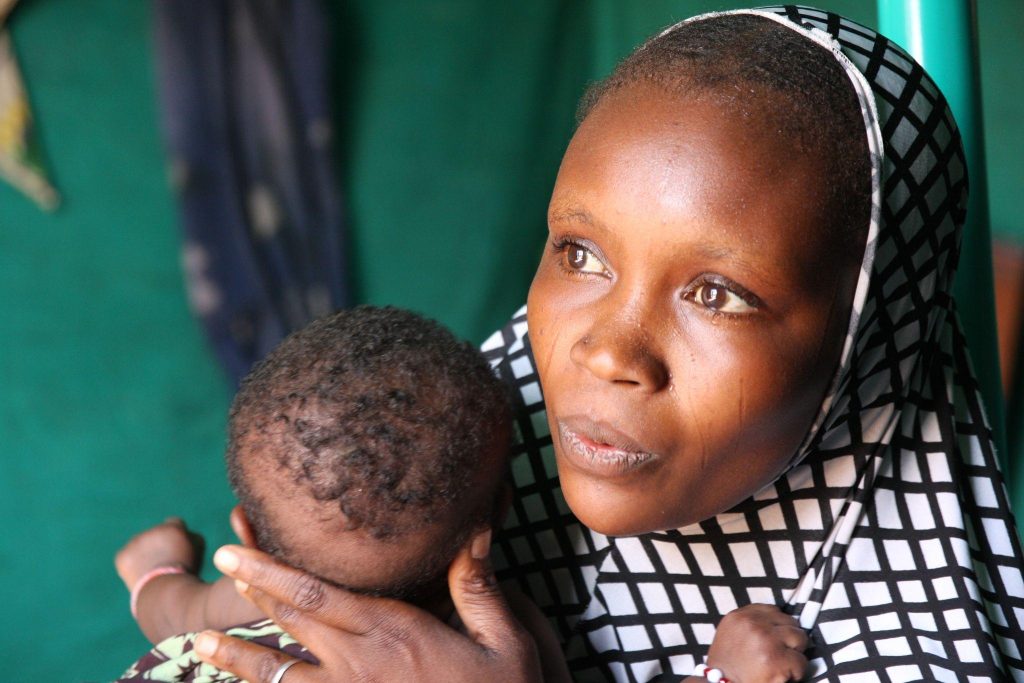Bioecological Systems Theory

One of the key theories that explains influences on individuals and their families is Bronfenbrenner’s bioecological systems theory. A basic tenet of Bronfenbrenner’s bioecological systems theory (Bronfenbrenner & Morris, 2006) is that child and youth development are influenced by many different contexts, settings, or ecologies. Examples include family, peers, schools, communities, sociocultural belief systems, policy regimes, and the economy. At the center of this theory is the child. As we move in and out of the circles, we categorize the external influences that impact the child’s development. Those circles impact each other. They shift and change in society and in the overall influence on the child.
Table 2.1: Bronfenbrenner’s bioecological systems theory
| Name | Description |
| Microsystem | Microsystems impact a child directly. These are the people with whom the child interacts such as parents, peers, and teachers. The relationship between individuals and those around them need to be considered. |
| Mesosystem | Mesosystems are interactions between those surrounding the individual. The relationship between parents and schools, for example, will indirectly affect the child. |
| Exosystem | Larger institutions such as the mass media or the healthcare system are referred to as the exosystem. These have an impact on families and peers and schools who operate under policies and regulations found in these institutions. |
| Macrosystem | We find cultural values and beliefs at the level of macrosystems. These larger ideals and expectations inform institutions that will ultimately impact the individual. |
| Chronosystem | All of this happens in an historical context referred to as the chronosystem. Cultural values change over time, as do policies of educational institutions or governments in certain political climates. Development occurs at a point in time. |
Bronfenbrenner’s bioecological systems theory looked at patterns of development across time. It also considered the interactions between the development of the child and the environment. The implications of this model include the social and political policies and practices affecting children, families, and parenting. The bioecological systems theory serves as a visual organizer to both summarize and unpack key concepts and themes as they relate to individual development, teaching and learning, and educational practices. The goal of learning the bioecological systems theory is to understand the theoretical and research foundations that inform the work in supporting students’ well-being, teaching and learning, and identifying and using other factors/resources such as parents, family, peers, to provide positive influence on students’ learning and development.
Case Study A

The human ecology framework extends Bronfenbrenner’s model. As an example, a family seeking refugee resettlement might be influenced by the following systems (Lang):
- Biophysical environment: Were members of the family injured as they fled persecution?
- Microsystem: Was there parental conflict from the stress of fleeing persecution?
- Mesosystem: Is the family working with teachers and other school personnel who do not understand the complexities of refugee resettlement, or the home language of the family, or the cultural traditions of the family?
- Exosystem: How have local leaders responded in ensuring that the family has support services and cultural experiences that welcome and include them into the community?
- Macrosystem: Is the family experiencing discrimination or racism in the community of resettlement?
- Chronosystem: How has the community of resettlement changed over time in response to the resettlement of multiple refugee families?
Bronfenbrenner’s bioecological systems theory and the human ecology framework assume that families are intentional in their decision-making and that they work toward
- biological sustenance,
- economic maintenance, and
- psychosocial function.
As patterns in the social environment threaten family’s quality of life in these three areas, the system will be more and more likely to seek change. Those threats create non-supportive and exclusive communities that work against the families’ participation and inclusion in schools and communities.
Pause to Reflect
Discuss the following questions.
- Think of yourself at a particular time in your childhood (e.g., age 10). Describe how each system in the bioecological systems theory model directly impacted your development. Identify your influencers in each system.
- Identify two specific community resources that are available to children and families in your community that address each system in the bioecological systems theory model. For each resource, provide the address, phone number, and web site. Why does each resource connect to the specific system level?
Media Attributions
- Mom and son
- Amina Aboukar, Nigerian refugee from Damassak

